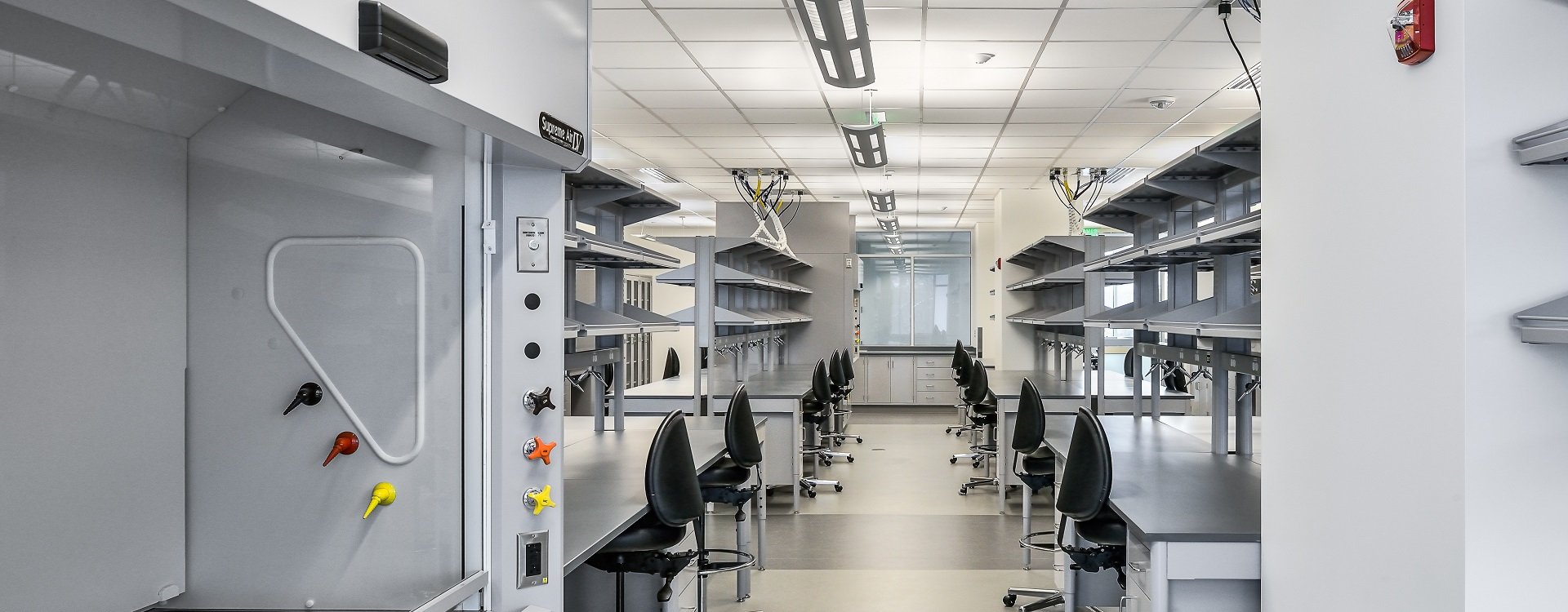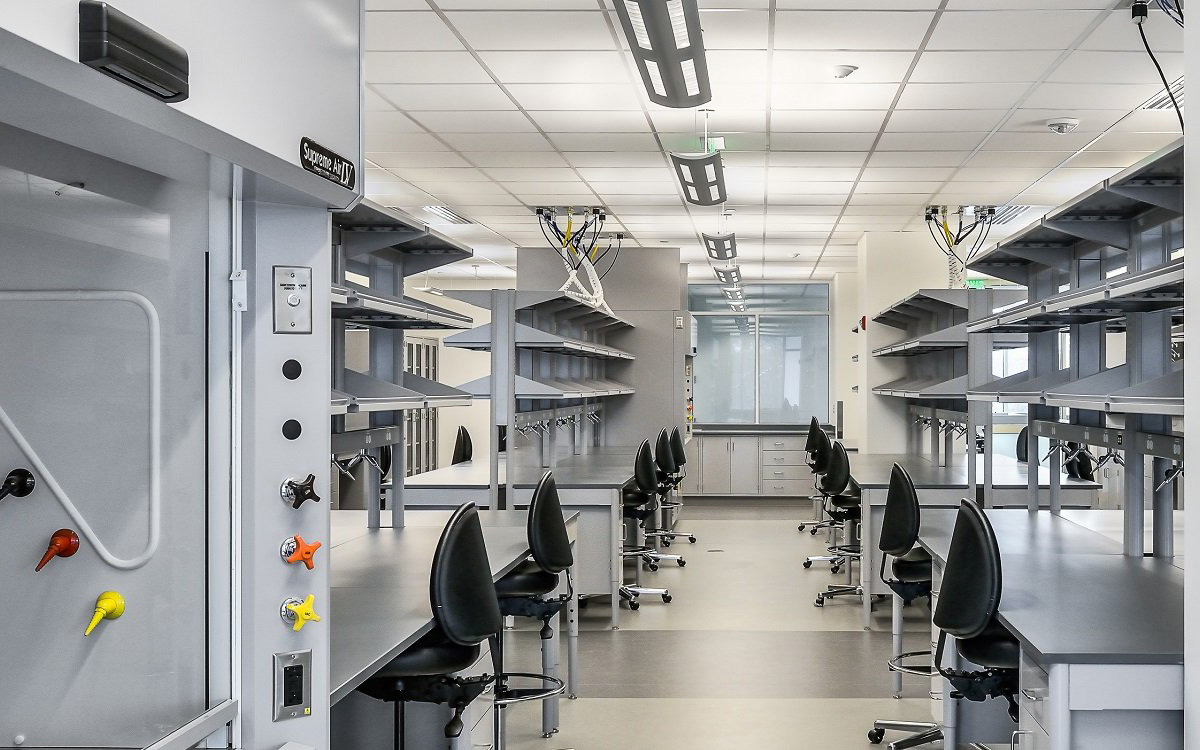Use of Laboratory Fume Hood
Date: 2022-01-19 Source: RUANQI Classification: Resources
Why do we use a fume hood?

It is the main way for inhaled chemicals to enter the human body. Chemical smoke and steam can directly enter our blood, and small particles can stay in the alveolar area of our lungs. A properly designed and operated fume hood reduces the exposure of harmful smoke, steam, gas and dust. The fume hood dilutes harmful substances in the air with a large amount of air, sucks them into the exhaust system, and then discharges them from the chimney on the roof of the building, thus limiting the spread of harmful substances in the air. Proper use of the fume hood sliding door can also protect workers from uncontrollable reactions. The fume hood is inspected and tested every year to evaluate the performance standard, but the safe use of the fume hood depends on the users.
Proper use of fume hood

Perform all work involving hazardous or volatile substances in the fume hood.
Before starting work, please check whether the fume hood is working properly.
To check the airflow, stick a piece of paper, thin paper or ribbon on the sliding door of the fume hood. Avoid cross ventilation and turbulence in front of the fume hood.
Make sure the doors and windows near the fume hood are closed. Be sure to work at least 15cm away from the opening of the fume hood.

Correct/error
When boiling materials or using active chemicals for experiments, please use sliding doors as safety shields.


Always keep the sliding door as low as possible. When the sliding door is lifted, the surface wind speed on a given cross section of the opening of the sliding door is constant, so that the flow increases. Especially in summer, this means that more hot air is introduced into the laboratory, which increases the energy consumption of the laboratory.
When the fume hood is not used, please ensure that all materials are placed in a sealed container.
Connect all electrical equipment outside the fume hood to avoid sparks that may ignite flammable or explosive chemicals.
If the fume hood is alarming or can't operate normally, please call the management department for investigation and maintenance.
Make an action plan in case of emergency, such as power failure, especially when using extremely dangerous chemicals or acids. For long-term experiments, please fill out the overnight/unattended experiment form and post it on the sliding door of the fume hood.
Prohibit

Do not put your face or head into the fume hood, and use both hands as much as possible.
Do not use fume hoods as storage areas. They should be used to handle chemicals in the experiment.
Do not use fume hood to discharge or dispose of harmful substances.
Do not make the fume hood too crowded or chaotic. Overcrowding can produce whirlpools and dead ends. Eddy current may cause harmful substances to flow back from the fume hood, thus causing exposure. Dead corners may cause the concentration of flammable and combustible substances to accumulate; Large and bulky equipment used in fume hood will produce eddy current, which can be reduced by padding.

Large equipment is padded to reduce turbulence
Do not place the equipment that may prevent the sliding door of the fume hood from closing in the fume hood. It is necessary to find a safer local exhaust ventilation method.
Do not refit the fume hood or erect shelves in the fume hood to store chemicals or equipment.
Do not place the power panel or other spark generating sources in the fume hood.
How does the fume hood work?

The fume hood draws air out of the room where they are installed. There needs to be enough available air, otherwise the fume hood will not be able to absorb enough air for normal operation. In places with small rooms or a large number of fume hoods, in addition to normal room ventilation, additional air supply may be required. This extra air is called make-up air. If the supplemental air supply is insufficient or the supplemental air is turned off, the fume hood may not be able to reach the required working face wind speed. This may cause chemical smoke to escape to the laboratory.
There is a fume hood specially used for perchloric acid and radioisotopes. Ensure that a proper fume hood is used for each specific reaction or process involving specific chemicals.




